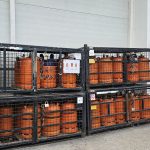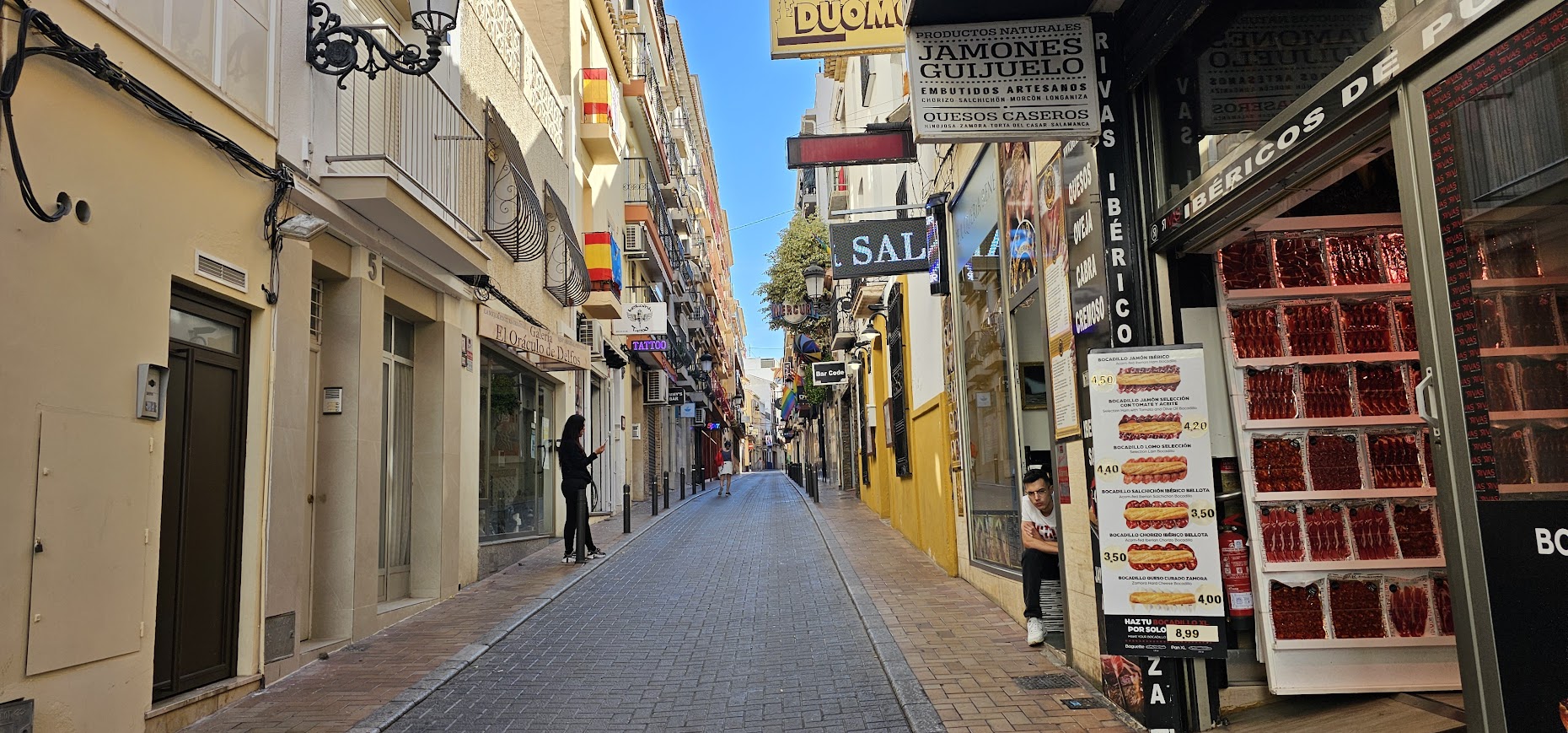The estimation for global wine consumption in 2024 is 214 million hectolitres, which is a 3.3% decrease from 2023. This figure would represent the lowest global consumption level since 1961 if it is confirmed.
The International Organisation of Vine and Wine (OIV) proclaimed this on Tuesday, April 15th, emphasising the significance of multilateral cooperation and adaptability to evolving circumstances. The organisation published statistics on production, consumption, and trade for all producing and consuming countries (more than 180) in order to provide a comprehensive overview of the sector for the 2024 calendar year.
Particularly, he observed that this decrease in consumption is the result of “a confluence of economic and geopolitical factors that generate inflation and uncertainty, as well as a decline in mature markets, driven by evolving lifestyle preferences, shifts in social habits, and generational changes in consumer behaviour.” Nevertheless, the consumption of wine has never been so prevalent on a global scale in 195 countries. It is important to bear in mind that numerous countries with substantial populations and high aggregate consumption still possess substantial growth potential.
The OIV observed that the global vineyard area has decreased over the past four years. A reduced rate of decline was suggested by a 0.6% contraction to 7.1 million hectares in 2024. The primary reason for this decline is the clearance of vineyards in the primary wine-growing regions. However, certain countries are exhibiting a dynamic expansion of their vineyards, as explained.
In 2024, it is anticipated that the global wine production will reach 226 million hectolitres, the lowest level in over 60 years, a 5% decrease from 2023. This is predominantly the result of climate change, which is driving unpredictable and extreme weather events in both the northern and southern hemispheres.
Maintaining equilibrium between supply and demand
The OVI anticipates that the global market balance will persist in 2024, despite the ongoing declines in both production and consumption. This is due to the fact that production is unlikely to surpass demand, a trend that was observed during the subpar 2023 harvest. “The market may be stabilised by two consecutive years of low production, although stock levels are expected to remain inconsistent across regions.” “International trade preserves its volume and value,” it clarified.
The export volume remained consistent at 99.8 million hectolitres. The average export price of €3.60/litre remains at a historically high level, despite a minor decrease in export value by 0.3% to €36 billion. In comparison to pre-pandemic years, prices remain elevated by nearly 30% due to inflation and inadequate supply.
Director General John Barker of the OIV stated that the wine sector faces a challenge in adapting to all of these impacts; however, successful adaptation will provide opportunities. These are the components that will propel progress in the wine sector: collaborating to create climate change solutions and establish wine as a sustainability benchmark; investing in research on new audiences to gain a better understanding of their perspective on wine; and fortifying our dedication to global trade and multilateralism.








No Comment! Be the first one.